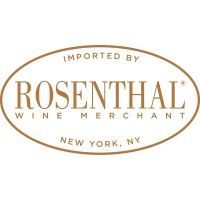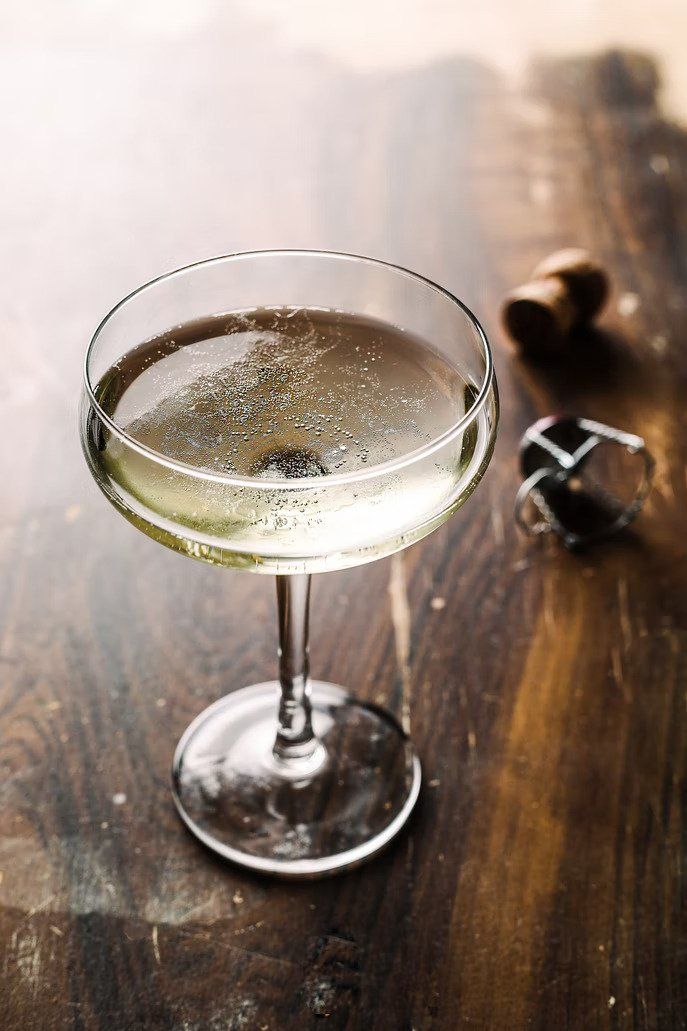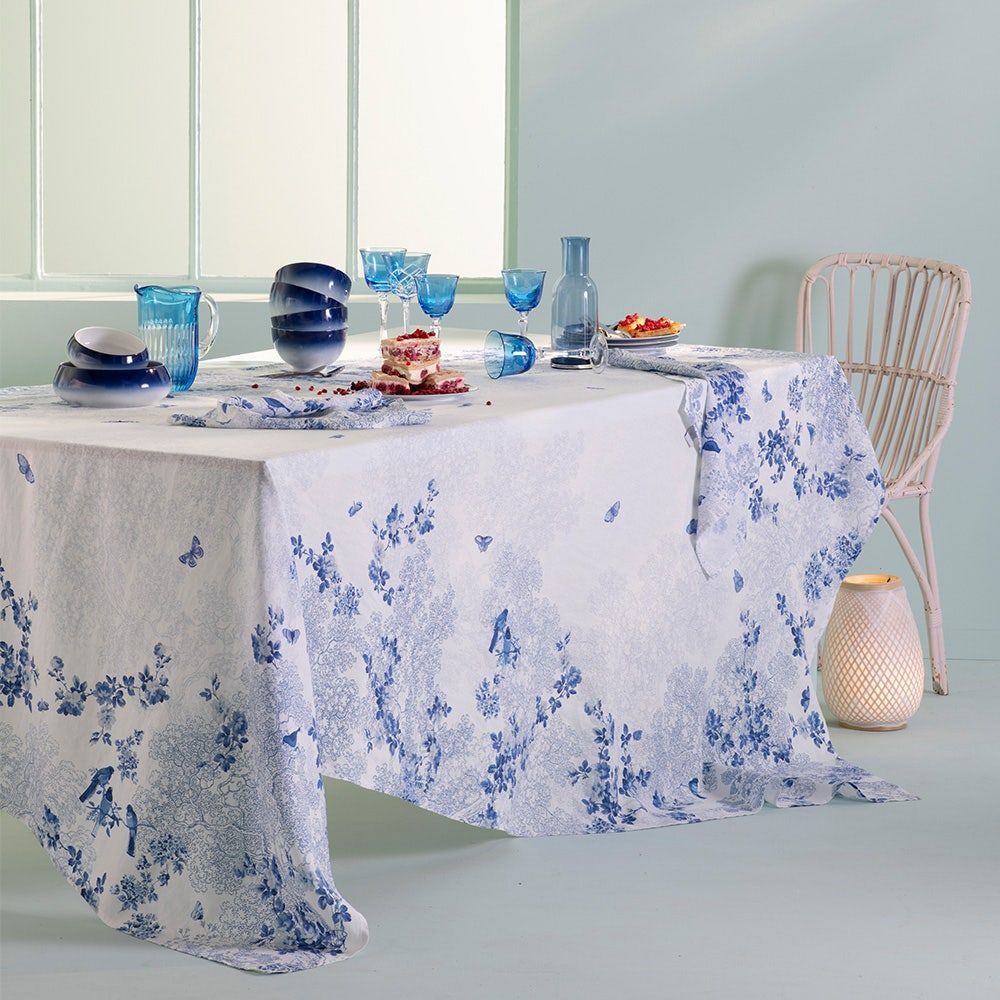Trusted, tried and true pantry staple
Olive oil has been part of Mediterranean life for thousands of years. It's more than a cooking fat—it's culture, health, and history in a bottle. As Americans we've been a bit slow to catch on...
Why Olive Oil?
Unlike butter or seed oils, extra virgin olive oil (EVOO) is rich in heart-healthy monounsaturated fats—especially oleic acid, which is stable, heat-tolerant, and linked to lower inflammation. EVOO also offers small but mighty doses of omega-3s, vitamin E, and polyphenols—plant compounds that fight oxidation (a fancy way of saying aging and disease).
The Secret’s in the Harvest
The health benefits and flavor of olive oil depend on how and when the olives are picked. Early harvest, same-day pressing, and minimal oxygen exposure protect the oil’s delicate antioxidants and prevent rancidity. That’s why oils from our producers—like Trampetti, Mannucci-Droandi, and San Basilio—are pressed within hours and stored in stainless steel tanks. You can taste the difference: green, bright, peppery, and alive.
Polyphenols: Olive Oil’s Superpower
Polyphenols do double duty—protecting your body and the oil itself. They keep it fresher longer, resist heat degradation, and even reduce the formation of harmful compounds when cooking meat. Fun fact: tomatoes cooked in olive oil deliver more antioxidants than when cooked in sunflower oil.
About That “Extra Virgin” Label
Legally, EVOO must have less than 0.8% acidity. Our favorite producers aim much lower—think 0.2–0.3%. It’s a sign of freshness and careful handling. High acidity? It usually means the olives sat too long or were damaged before pressing.
Cooking vs. Finishing?
Most people save their best oils for salads—but it's actually the high-quality oils that hold up best under heat. Oleic acid is far more stable than the polyunsaturated fats in seed oils. So yes, you can (and should) cook with the good stuff.
How to Spot the Good Stuff
- Dark bottles only: Light degrades oil.
- Know your source: Look for a named farm or press (Frantoio), not vague phrases like “Bottled in Italy.”
- Harvest date matters: Fresher is better.
- Pay for quality: Hand-harvested oils cost more—and are worth it.
One Kitchen, Many Oils
Each oil has its place. Some are soft and buttery, others grassy and bold. The best way to discover is through taste! Join us June 22 for a delicious deep dive into the world of Italian olive oil with Ilyse Rathet — owner of Ritrovo and a Slow Food Master of Olive Oil.
Tickets
Here.










